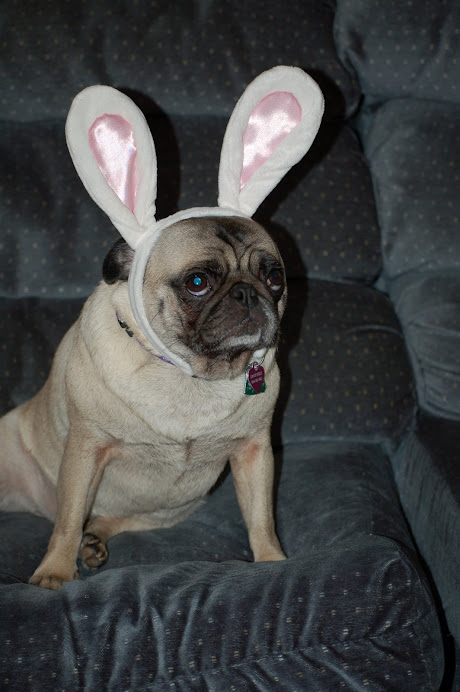
Lately, our class work has centered on getting kids ready for middle school standards. In doing so, we have started working on multiplying numbers that include decimals.
I have posed many questions like: "How much would it cost to purchase 7.3 lbs. of nails @ $11.29?
I have encouraged students to do a few things to insure that their answers make sense, which roughly translates into getting the decimal located in the correct position. First, I have asked that students make an estimate that uses only whole numbers. In the case of the nails, we would round 7.3 to 7, and we would round $11.29 down to $11. So our estimate would be $77. We know this estimate is a bit low as we rounded both numbers down, but it is plenty good to let us know where to place the decimal. I have also encouraged students to think about the problem as if it was written as a mixed number times another mixed number. If they do so, it is easy to think about the tenths being multiplied by hundredths, and that has to produce a denominator of thousandths. That is what your math teacher did NOT tell you when he/she said to count up the digits to the right of the decimal in the problem and match that number in the answer.
So, our estimate is $77, and the multiplication of 73 X 1129 yields a product of 82417. So it should be pretty obvious that the only place to put the decimal so that you get an answer close to $77 is after the two...$82.417, and since we have no coin worth a thousandth of a dollar, we round to the nearest hundredth and get $82.42 .
Trying to put the math in front of the "
tricks",
T-Cubed

